Md Tele Rokkor-x 135mm 135 Minolta Celtic Review
Minolta MD 135mm i:2.8 – review

Minolta MD 135mm one:2.8 – vintage manual lens test and review
- Official nomenclature: New-MD
- Collector'southward nomenclature: MD 3
'Must have' lens for portraiture – very user-friendly in employ and with the guarantee of the result. Low prices on auctions look very foreign, the lens is absolutely undervalued for today. Grab it.

Minolta Physician 135mm 1:2.8 (MD Three, New-Dr.) specifications
| minolta.eazypix.de index | 186 |
| Proper noun engraved on lens | MD |
| f[mm] | 135 |
| A max [1/f] | 2,8 |
| A min[ane/f] | 22 |
| Lens design [el.] | 5 |
| Lens design [gr.] | v |
| Filter thread Ø front end(rear)[mm] | 55 |
| Lens Shade | congenital-in |
| closefocus[one thousand/ft] | 1.5/5 |
| Dimension Ø x length [mm] | 64×81 |
| Weight[yard] | 385 |
| Year | 1981 |
| Style | Doctor III |
| Code No. (ROKKOR-X) or Society No. | 593-800 |
More than data
| Floating elements | NO (full support by autofocused adapters) |
| Aperture blades number | half-dozen |
| Confidence in the test results of reviewed copies | Very loftier |
| Reviewed lens SN: | 8037989 |
In the middle of the period of product, Minolta has made a visible change in the pattern of this lens. I don't know – is it enough to call it a "2d version" or non merely the changes are noticeable. Many thanks to LaurenSeries for pointing this out, and many thanks to Andrea Aprà for this explanation:
"It is true that the back tin exist "matte" or "flocking". Unfortunately this part is hardly visible and I do not have a record of this component in my data. It is well known that "flocking" is much more than efficient than uncomplicated matte covering. In the past (some of Dr. types) some other type of painted fabric was used on plastic back up which over time however has sometimes shown strong alterations of this paint with the appearance of white spots with a certain loss of effectiveness. As part of the initial question, I think yous are wondering from which serial number they pass (we are always and only talking near Dr. III) from a matte structure to a "flocking" i. Unfortunately, I have no tape of this possible border serial number. From what I see in the photo of Tony at the beginning, I would say that information technology is of the "matte" blazon and not "flocking". In Ad Dieleman 's pic, the type is flocking (serial 8020374). Probably the change was before this serial simply I don't know where. I have estimated the production of this Md Iii model at around twoscore,000 pieces."
Minolta Md 135mm one:ii.8 exterior
Minolta Dr. 135mm ane:two.8 mounted on Minolta X-700
This is a very suitable set – the photographic camera and lens have the aforementioned pattern (1981 released)
Some other copy with the box:

Minolta Md 135mm 1:ii.8 sharpness
С lose-distance resolution test, minimal distance
Testing methods description
- Target: x-xv cm picture, printed on glossy photo paper
- Distance:10% longer than minimal focus distance marked on the lens
- Camera: Sony A7II (24mpx, full-frame, tripod, remote control). M-mode, ISO fixed, WB fixed, SteadyShot – OFF.
- The examination was repeated for every F-stop on every focus position with manual focus adjustment for each shot. That is to avoid the result of field curvature .
- RAW processing: Capture I, default settings. All quality settings – 100%. Crops – 300×200 px
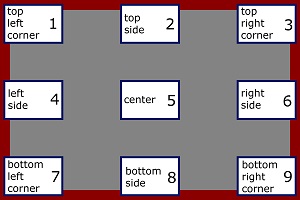
Scene preview
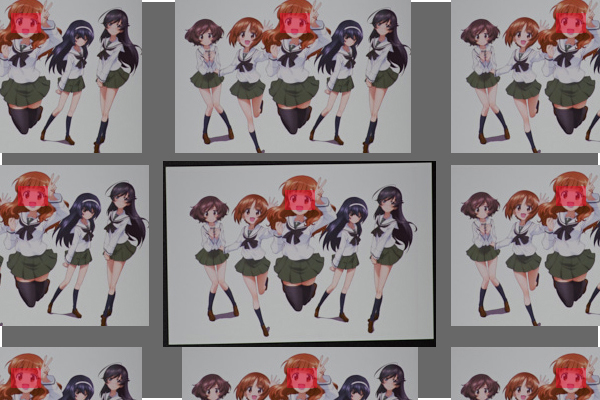
Examination results (selected version, easy to compare – 4 positions)
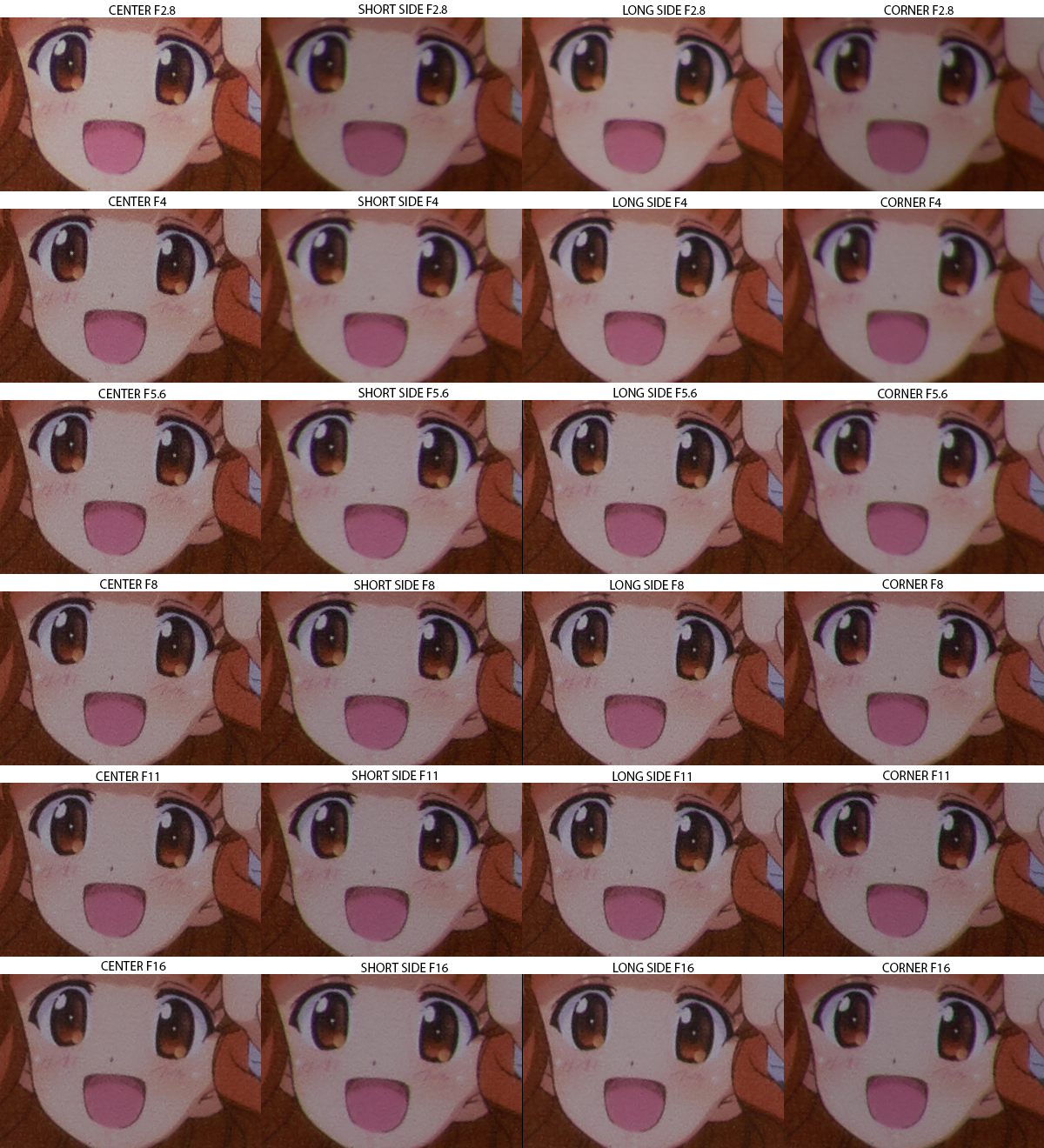
Test results (total version – all ix positions)
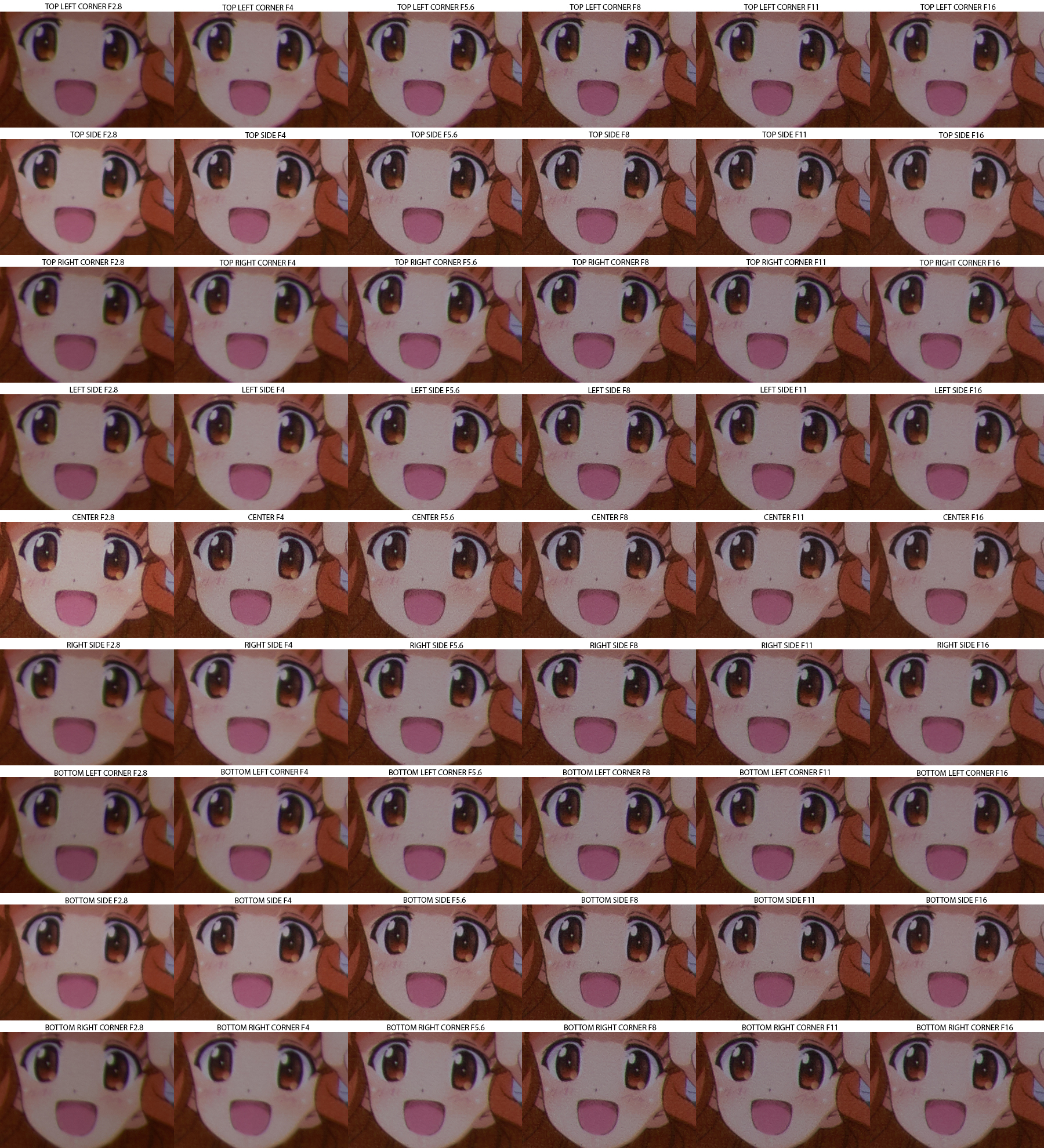
Long-distance resolution test
Testing methods description
- Target: cityscape
- Distance: > 200 meters to center focus point
- Camera: Sony A7II (24mpx, full-frame, tripod, remote command). Thou-mode, ISO fixed, WB fixed, SteadyShot – OFF. The focus point is on the eye only.
- RAW processing: Capture One, default settings. All quality settings – 100%. Crops – 300×200 px
Scene preview

Test results

Minolta Dr. 135mm i:two.viii aberrations
Vignetting
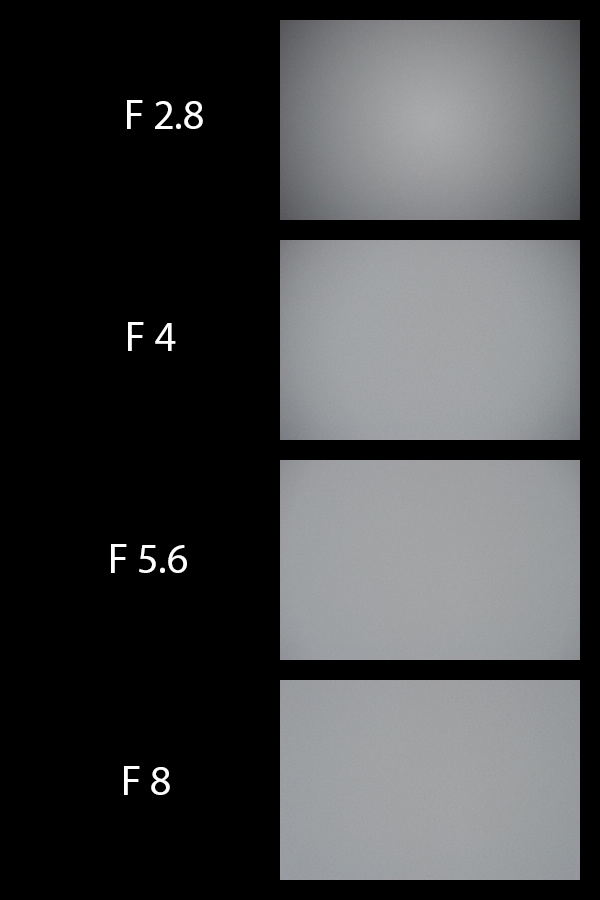
Geometric distortion
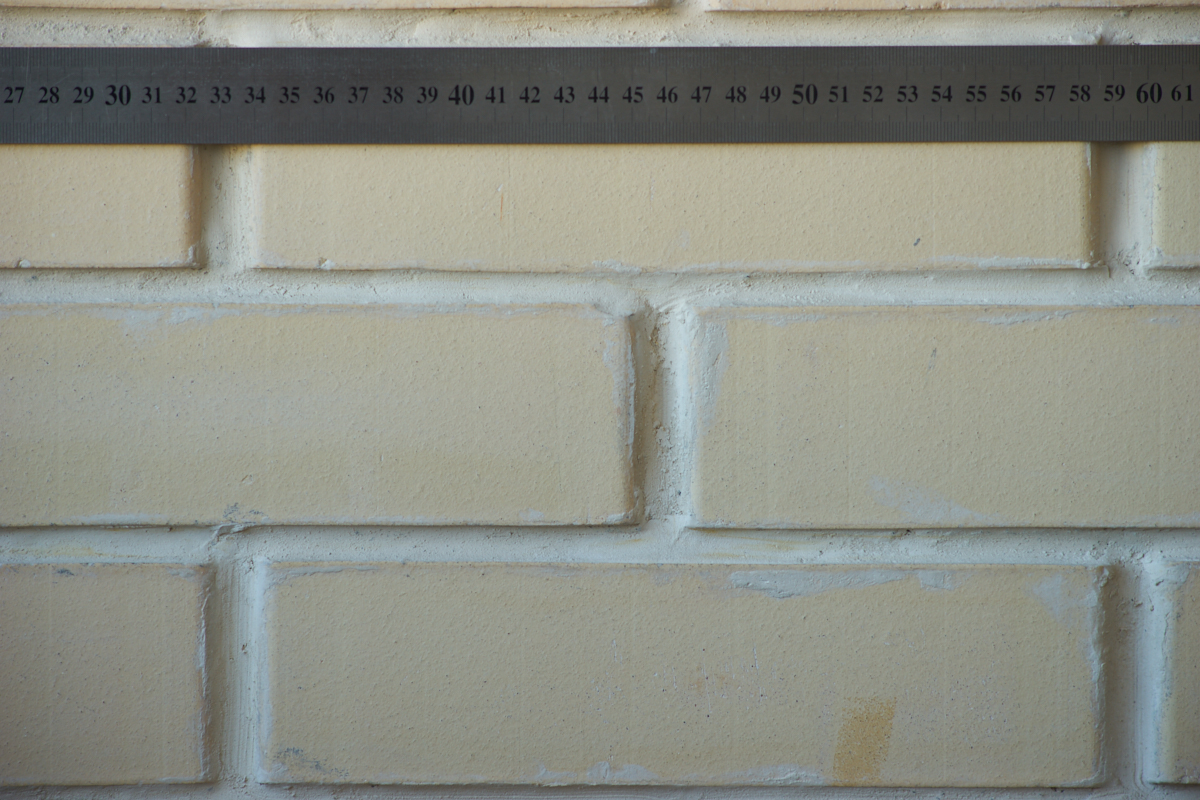
Coma aberrations
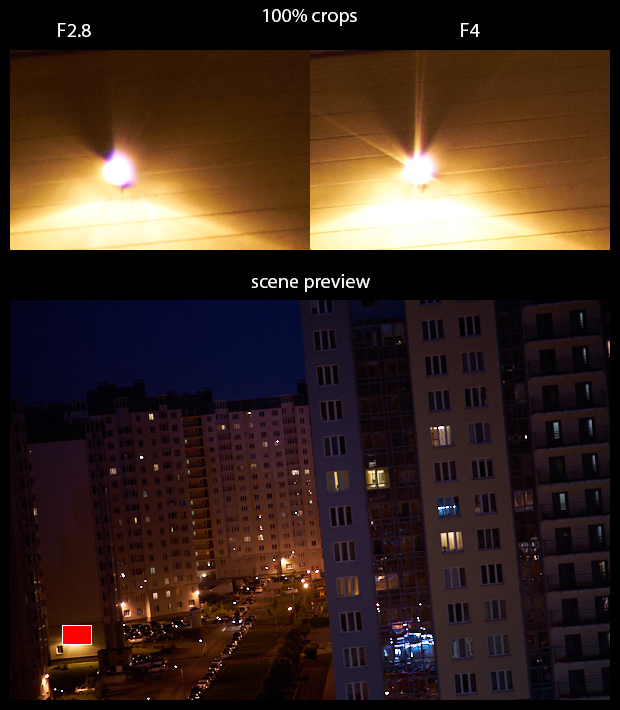
Chromatic aberrations

Short-distance bokeh
Test weather: lens was focused on minimal altitude i.5m, plants are in 5m distance from the camera
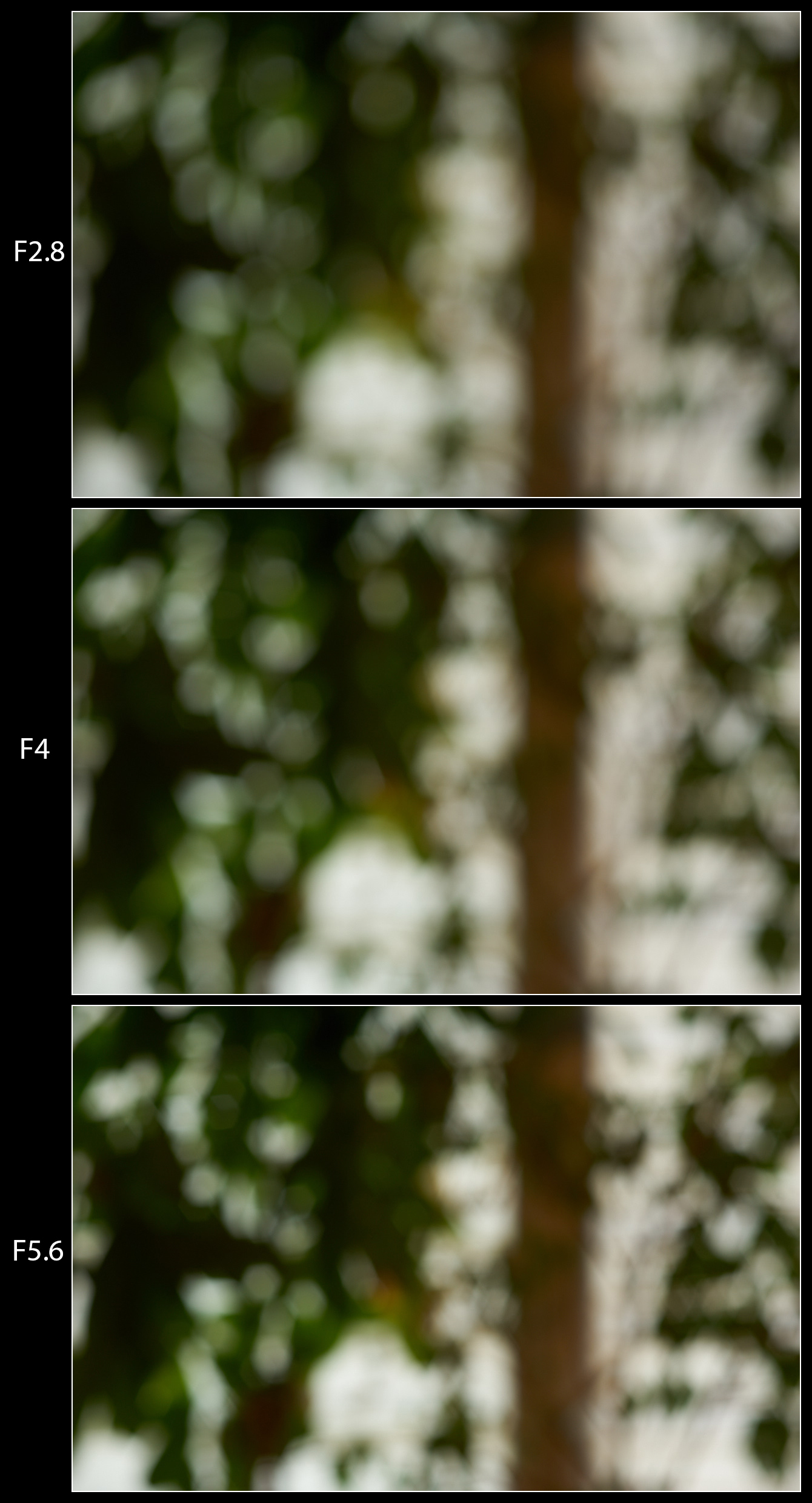
Long-distance bokeh
Examination conditions: the lens was focused on half distance on the scale (2.5m), buildings are on "infinity"-distance
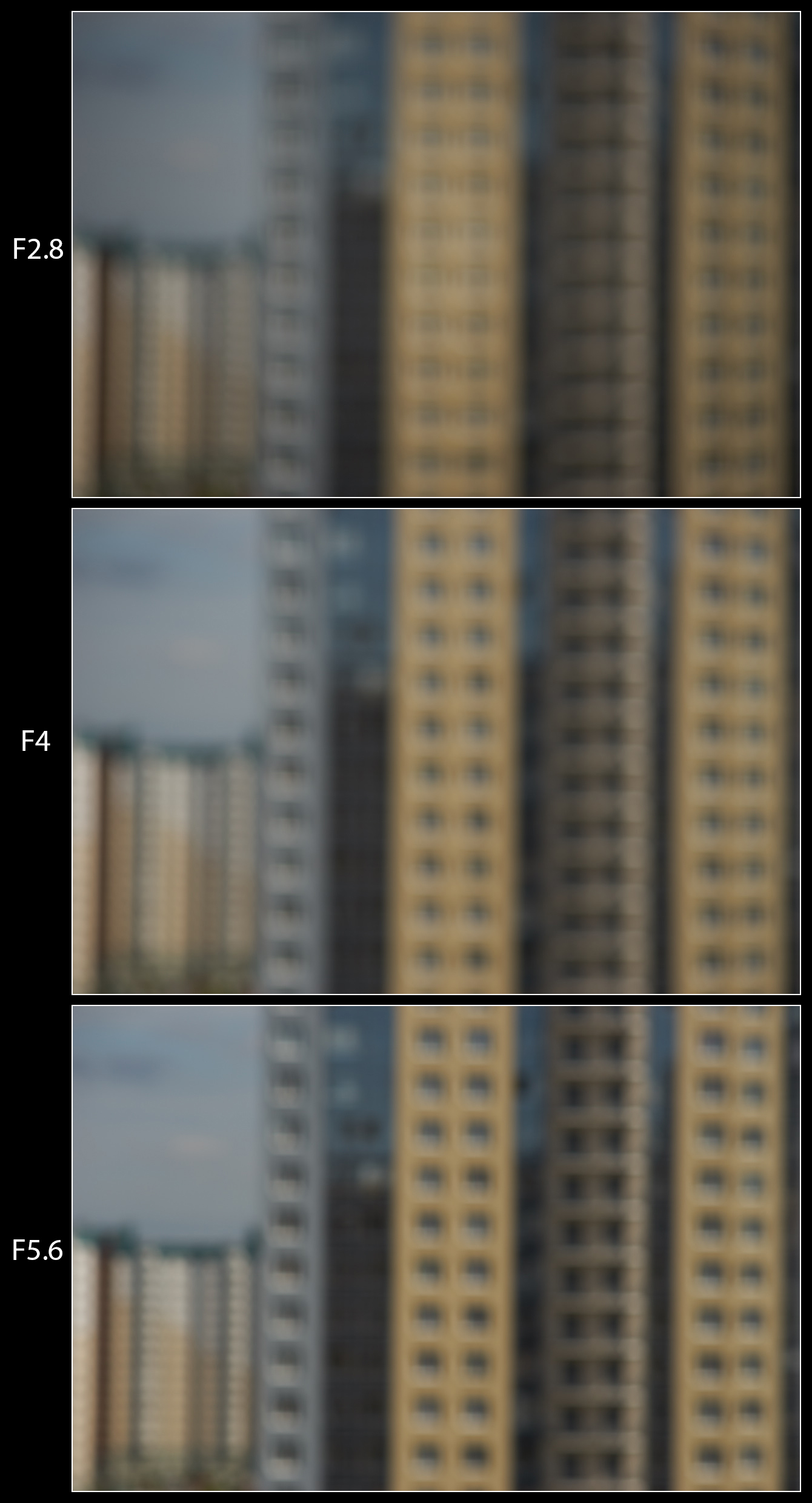
Lite bubbles bokeh
Test weather condition: lens was focused on minimal distance + 10% of scale (well-nigh 1.7m), diodes were fixed in 5m distance
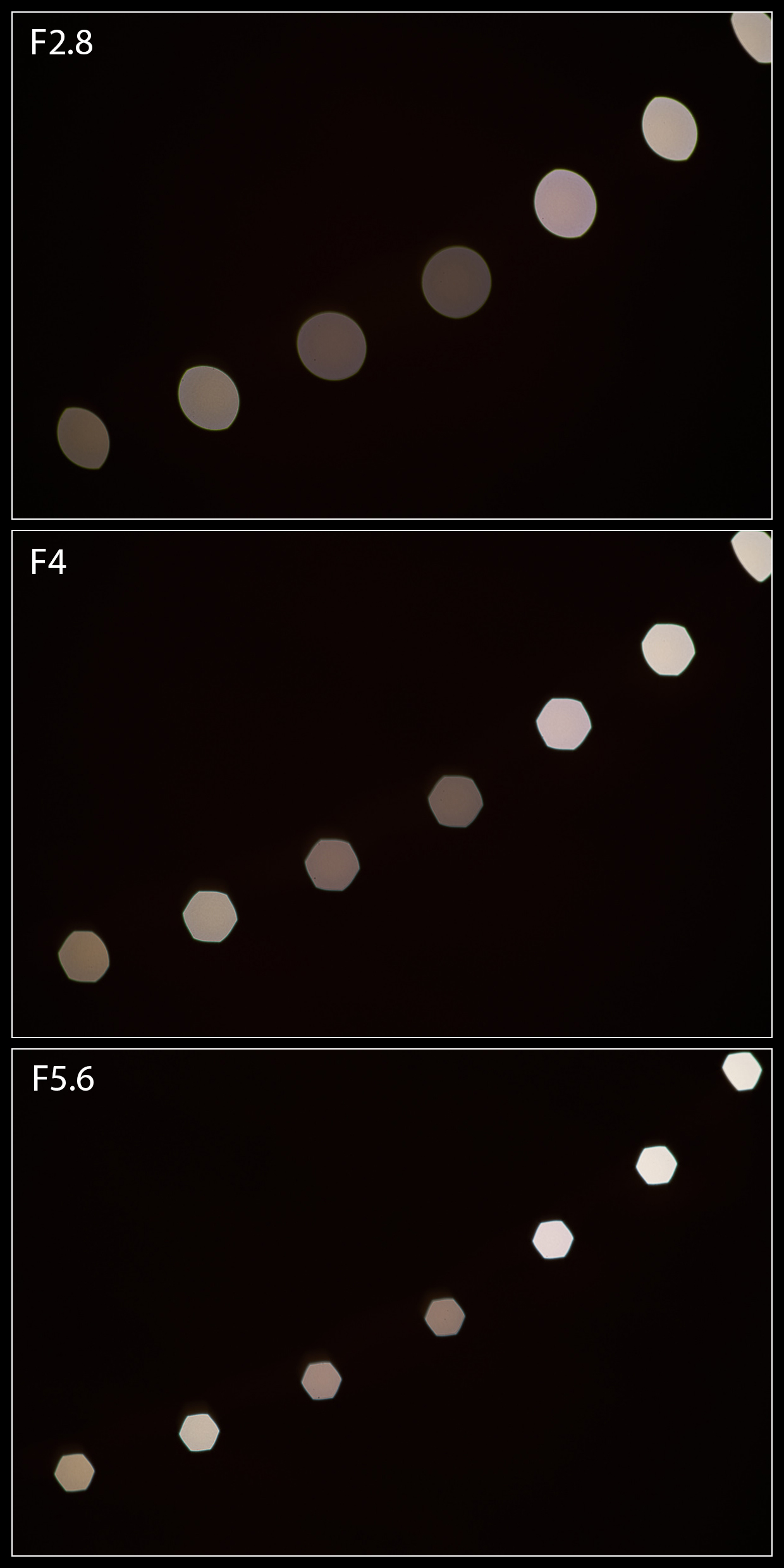
Minolta MD 135mm 1:2.8 (or Minolta Md 135mm F/2.8, New-Medico, Md 3 blueprint) – overall conclusion
![]()
It seems that all the 135mm F2.8 lenses from 1980x made by tiptop manufacturers are the same and very good at least or outstanding very often. This Minolta isn't an exception – it besides has nice fire resistance, sharpness, and "honey" drawing. It is a prissy lens for landscapes with a deep perspective and for portraits of form. This Medico III reviewed version and previous one Doc II take an of import advantage – actually lightweight for 135mm focal distance because older designs accept 400+ gr. The build-in lens-shade also gives a few positive points. 'Creamy' bokeh works well in any conditions.
Some aberrations are presented of course, merely nothing serious for and so fast long lens. This is the sharpest 128mm Minolta lens, and information technology has a chance to be the sharpest manual 135mm ane:2.8 lens among other competitors – Minolta was able to produce such an optic. I more note – information technology'south a very cheap lens, admittedly underrated. And so, if you don't interested in a rare, heavy, and expensive Medico 135mm F2.0 – become 135/2.8 with no doubt – this is better in all aspects, except the presence of F2 of course. The astonishing portrait lens.
![]()
![]()
![]()
![]()
![]()
whitehousecauns1945.blogspot.com
Source: https://lens.ws/minolta-md-135mm-f2-8/
0 Response to "Md Tele Rokkor-x 135mm 135 Minolta Celtic Review"
Publicar un comentario